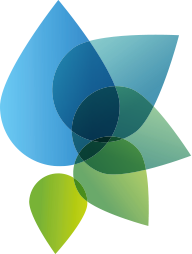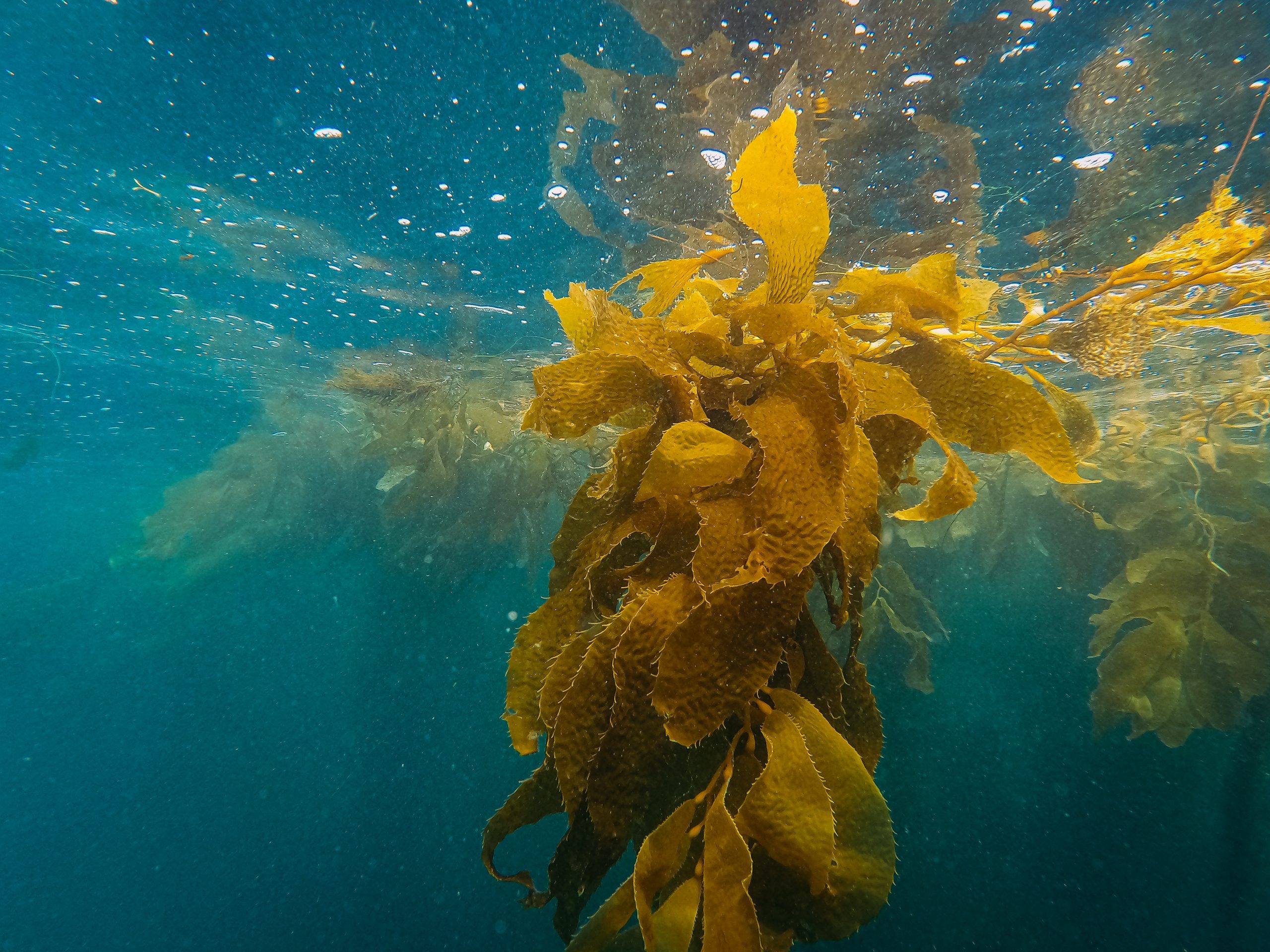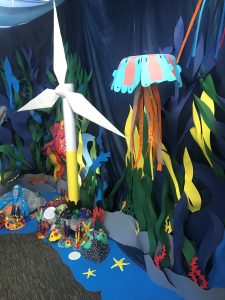Topic 7: Kelp
 Brief Encounter
Brief Encounter
Can you construct an A-Z of life of the sea?
Use facts, feelings, and any figure of speech, with words from any language!Here’s an example below, but write your own in any way you want. |
|
|
A Agua B Beaches C Climate change D Diversity in the sea E Environmental jewel F Flora and fauna G Governments act to clean up seas H Helping to regenerate ocean life I Incredible scientists J Juggling environmental priorities K Kelp populations L Loneliness of kelp absence M Marine mollusc phylum |
N. Never give up supporting sea life O. Ozean P. Pongy polluted rock pools Q Questions, challenges, problems R Regeneration of kelp populations S Silken purse of possibilities T Tremendous sounds U Underwater Life V Vulnerability of life under oceans W Water as clear as a crystal X X-rays as a tool to monitor Kelp Y Yearning for More Kelp Z Zoology in oceans needs Kelp
|
Word play for deep interrogation
Opportunities for Embracing Uncertainty
There is no obligation to have a response to each letter. The combined class collection offers possibilities to encourage new responses and further interrogation: ‘Tell me more about that . . .’ ‘How would you show us that idea without words? (For example, with your body, drawing, making) Can we spot any connections between each other’s ideas? What made you laugh? What made you think?
Opportunities for All Students
This activity is suitable for students of all ages as it can adapt to all levels of complexity when filling in the responses for each letter of the alphabet. For some students, it may be a good idea to create one as a whole class. Others might bring a depth of factual knowledge or literary genres.
Opportunities for Creativity
There is no limit to what the students can contribute with these starter invitations. Very often students will think of several alternatives for the same letter. The freedom to think and use language creatively is appealing for students and this can include any realm at all: nonsense, rhymes metaphor, adjectives, alliteration. Examples of class lists could be displayed with the invitation for others (students and teachers) to contribute their own sea-related ideas.
Opportunities for Linking to Climate Justice
This challenge provides a great opportunity for students to contribute to the letters using all the linguistic and cultural richness that they possess. For example, the Agua for A is water in Spanish and for O for Ozean is German.
 Deliberative Encounter
Deliberative Encounter
Can you place yourself in the position of others?
1. Watch this video about kelp:
https://www.youtube.com/watch?v=V-RL8Ol9_KQ&t=5s
2. Explore how you would you feel if you were part of the:
- Sussex kelp population
- A fisherperson on the Sussex coast
- The scientist community helping the kelp population to recover
You might want to draw, write, act, sing or use body sculpture to show your feelings.
3. Now role-play a short discussion between these three groups and what they might say to each other.
4. What do you think plants and animals might teach us?
Opportunities for Embracing Uncertainty
Philosophy is a vehicle for promoting the value of embracing uncertainty where nobody is required to know the answer and all responses are valued. The role of the teacher is to ask questions that require children to account for, and probe more deeply, the logic of their thinking. It is not that ‘anything goes’ in these discussions, rather that anything can be discussed and probed.
There are many links that can be made to kelp and other sea plant species, that raise the prospect of as-yet-unknown possibilities. Here are some suggestions:
The invention/creation of food wraps made from marine waste by a University of Sussex student: https://www.sussex.ac.uk/broadcast/read/50275
and MarinaTex – a bioplastic made from fish waste – YouTube [https://www.youtube.com/watch?v=AHKaChoCDW8]
The use of seaweed to create food wraps: https://www.newscientist.com/article/2366978-plastic-wrap-made-from-seaweed-withstands-heat-and-is-compostable/
The use of seaweed/kelp to support the impacts of climate change for carbon sequestration: https://caseagrant.ucsd.edu/news/heather-kramp-seaweed-about-blow-your-climate-change-mind#:~:text=Seaweed%2C%20like%20land%20plants%2C%20use,2%20at%20a%20phenomenal%20rate
Opportunities for All Students
Some students may need some pre-teaching on key ideas (e.g. DNA) or to be shown only an excerpt of the film. Some may benefit from watching a longer film about the research on kelp: https://youtu.be/Tt00eZ2jqBQ
Philosophical discussions can be facilitated by teachers with students of all ages. Some examples of questions that could be used to prompt discussion are below, but many students will respond to the invitation to come up with their own:
- Should fishing be banned?
- Do fish feel pain?
- Do plants have feelings?
- Do the oceans belong to anyone or anything?
- Are humans part of nature?
Opportunities for Creativity
The discussions promote a deep listening to others, and the requirement to stay with difficult topics, and to encounter their own or others’ strong feelings, and to respond with consideration. For older students, it could be used within different subjects to probe specific response from within the discipline.
Opportunities for Linking to Climate Justice
These philosophical discussions encourage students to share their knowledge from their own life experiences and cultures. The example questions ask students to consider how humans are connected to other animals and plants.
The longer film (link above) highlights how kelp spore dispersal is dependent on the turbulence and currents of the sea. This illustrates how unpredictability and chance ensure the spread and diversification of different types of kelp emerging in the forest. This is what helps to nourish and sustain the complexity and richness of the kelp forest. This might be discussed as a metaphor for human thriving.
 Visual Encounter
Visual Encounter
Thinking visually

-
Look at the image of kelp. You might also want to think about what you saw in the film (or watch a bit of it again). Think about these questions:
- What words would you use to describe the kelp? Why?
- What would it feel like to touch? To smell? To listen to in the sea?
- Imagine swimming through a kelp forest as:
1) A human
2) A seal
What might the experience be like for you as a human and for the seal?

2. Use your imagination to create a sensory model that shows something that interests you about kelp. You might focus on its texture, movement, colour, or connection with other kelp plants and other species.
3. Have a look at other students’ models. What do the models capture for you about kelp?
Perhaps the models show something of kelp’s beauty, a feeling of fear or disgust, some environmental benefit or an uncertainty about what is known.
Uncertainty as a driver of new knowledge
Opportunities for Embracing Uncertainty
This activity encourages students to explore their knowledge of kelp, drawing on what they have seen but also their own experiences and memories of being beside or in the sea. This includes encountering seaweeds and kelp, perhaps when walking on the beach or through rockpools or when swimming. It might evoke competing feelings in which kelp is both understood as valuable to the environment but also slimy, smelly and possibly scary to touch when in the water, not least because it might hide other creatures or sharp rocks, for example. The activity therefore enables students to explore the tensions between what they think and feel.
Opportunities for All Students
This activity is suitable for all students. For early years students the modelling can encourage story telling, with new formations of kelp added over time with new found materials. It can take part with an adult who helps to narrate the story of what they are creating. Other students may want to bring together science and arts, by researching what kelp feels / sounds / smells like and identifying materials to replicate its texture, habitats, etc.
Opportunities for Creativity
Early years students may have a curiosity and excitement in making creatures that hide in the kelp, evoking an imagination of hopes and fears, as well as enabling them to tell a story about their relationship to the kelp (who or what is it hiding from; what noise does the kelp forest make; what happens next?). Where students research the properties of kelp to inform their model, this can be developed into a design project. This could be used, for example, to teach each other (based on what they have researched), or else younger students, about the properties of kelp. Audiences can be invited to engage with the models in the multisensory way.
Opportunities for Linking to Climate Justice
The study of kelp forests draws attention to the importance of diversity in habitats, as well as the costs of depleting such diversity through human behaviour (in this example, fishing). What students emphasise in their models will demonstrate the diversity of the group in terms of their feelings, experiences, knowledge and imaginings.
 Beyond the Classroom Encounter
Beyond the Classroom Encounter
Writing to your MP
Write a letter to your MP to ask them about their position on ‘Kelp Policy’ for the next five years.
In the letter, state what you think or feel is important, and any action that you want them to take. You may not want kelp restored (it is slimy stuff!), or you may do.
Your MP may have no knowledge about what kelp is and its role in sustaining sea life and the environment. Think about what you might need to tell them to make your case.
Student citizenship beyond the classroom
Opportunities for Embracing Uncertainty
This activity supports students’ citizenship, which is an important role for schools within a democracy. It supports students to come to their own position, without any expectation that they take up a strong sustainability position. It emphasises only that they can all come to a position of their own, but one that follows serious consideration of different perspectives through the other activities. The role of the teacher is to ensure that students’ voices are heard and treated with seriousness, both within and beyond the classroom.
Opportunities for All Students
This activity can be used with students of any age although the scaffolding would be greater for younger groups. It offers an opportunity to involve families and create models out of paper, Lego or plasticine, for example, as an alternative to writing. For others, the remit might also include a strong focus on how to present information to different audiences in ways that are persuasive.
Opportunities for Creativity
This activity requires students to create a persuasive narrative for a particular audience. They will need to think about how best to do this, drawing on a range of possible media, in a way that allows them to bring the arts and science together. Some media might particularly lend themselves to some groups.
Opportunities for Linking to Climate Justice
Students could explore the issues of kelp in different country contexts, including who is responsible for its management. They might choose to present their work to a different audience, such as Greta or a team at UNESCO. This activity gives students the opportunity to make links with the UNESCO Sustainable Development Goals: https://sdgs.un.org/goals

